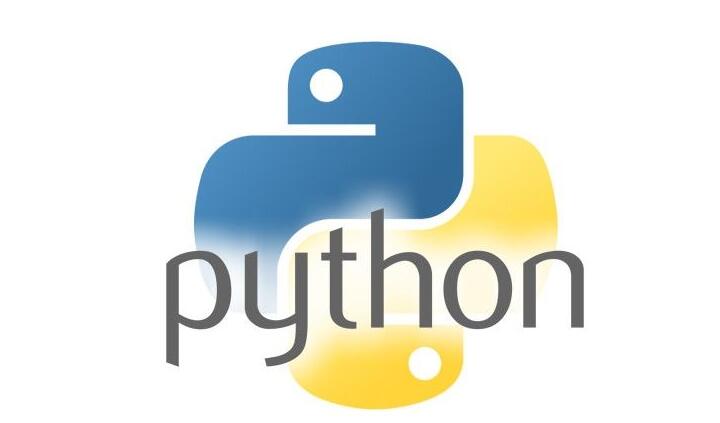这篇文章灵感来源于一个新项目 A short guide on features of Python 3 for data scientists,这个项目列出来了作者使用Python 3用到的一些特性。正巧我最近也想写一篇介绍Python 3(特指Python 3.6+)特色用法的文章。开始吧!
pathlib模块
pathlib模块是Python 3新增的模块,让你更方便的处理路径相关的工作。
In : from pathlib import Path
In : Path.home()
Out: PosixPath('/Users/dongweiming') # 用户目录
In : path = Path('/user')
In : path / 'local' # 非常直观
Out: PosixPath('/user/local')
In : str(path / 'local' / 'bin')
Out: '/user/local/bin'
In : f = Path('example.txt')
In : f.write_bytes('This is the content'.encode('utf-8'))
Out[16]: 19
In : with f.open('r', encoding='utf-8') as handle: # open现在是方法了
....: print('read from open(): {!r}'.format(handle.read()))
....:
read from open(): 'This is the content'
In : p = Path('touched')
In : p.exists() # 集成了多个常用方法
Out: False
In : p.touch()
In : p.exists()
Out: True
In : p.with_suffix('.jpg')
Out: PosixPath('touched.jpg')
In : p.is_dir()
Out: False
In : p.joinpath('a', 'b')
Out: PosixPath('touched/a/b')
- 1.
- 2.
- 3.
- 4.
- 5.
- 6.
- 7.
- 8.
- 9.
- 10.
- 11.
- 12.
- 13.
- 14.
- 15.
- 16.
- 17.
- 18.
- 19.
- 20.
- 21.
- 22.
- 23.
- 24.
- 25.
- 26.
- 27.
- 28.
- 29.
- 30.
- 31.
可迭代对象的解包
In : a, b, *rest = range(10) # 学过lisp就很好懂了,相当于一个「everything else」
In : a
Out: 0
In : b
Out: 1
In : rest
Out: [2, 3, 4, 5, 6, 7, 8, 9]
In : *prev, next_to_last, last = range(10)
In : prev, next_to_last, last
Out: ([0, 1, 2, 3, 4, 5, 6, 7], 8, 9)
- 1.
- 2.
- 3.
- 4.
- 5.
- 6.
- 7.
- 8.
- 9.
- 10.
- 11.
强制关键字参数
使用强制关键字参数会比使用位置参数表意更加清晰,程序也更加具有可读性,那么可以让这些参数强制使用关键字参数传递,可以将强制关键字参数放到某个 参数或者单个 后面就能达到这种效果:
In : def recv(maxsize, *, block):
....:
....: pass
....:
In : recv(1024, True)
---------------------------------------------------------------------------
TypeError Traceback (most recent call last)
<ipython-input-49-8e61db2ef94b> in <module>()
----> 1 recv(1024, True)
TypeError: recv() takes 1 positional argument but 2 were given
In : recv(1024, block=True)
- 1.
- 2.
- 3.
- 4.
- 5.
- 6.
- 7.
- 8.
- 9.
- 10.
- 11.
- 12.
- 13.
- 14.
通配符**
我们都知道在Python 2时不能直接通配递归的目录,需要这样:
found_images = \
glob.glob('/path/*.jpg') \
+ glob.glob('/path/*/*.jpg') \
+ glob.glob('/path/*/*/*.jpg') \
+ glob.glob('/path/*/*/*/*.jpg') \
+ glob.glob('/path/*/*/*/*/*.jpg')
- 1.
- 2.
- 3.
- 4.
- 5.
- 6.
Python3的写法要清爽的多:
found_images = glob.glob('/path/**/*.jpg', recursive=True)
- 1.
事实上更好的用法是使用pathlib:
found_images = pathlib.Path('/path/').glob('**/*.jpg')
- 1.
Python 3之后print成为了函数,有了更多的扩展能力:
In : print(*[1, 2, 3], sep='\t')
1 2 3
In : [x if x % 3 else print('', x) for x in range(10)]
0
3
6
9
Out: [None, 1, 2, None, 4, 5, None, 7, 8, None]
- 1.
- 2.
- 3.
- 4.
- 5.
- 6.
- 7.
- 8.
格式化字符串变量
In : name = 'Fred'
In : f'My name is {name}'
Out: 'My name is Fred'
In : from datetime import *
In : date = datetime.now().date()
In : f'{date} was on a {date:%A}'
Out: '2018-01-17 was on a Wednesday'
In : def foo():
....: return 20
....:
In : f'result={foo()}'
Out: 'result=20'
- 1.
- 2.
- 3.
- 4.
- 5.
- 6.
- 7.
- 8.
- 9.
- 10.
- 11.
- 12.
- 13.
- 14.
更严格的对比规范
下面这几种类型的用法在Python 3都是非法的:
3 < '3'
2 < None
(3, 4) < (3, None)
(4, 5) < [4, 5]
sorted([2, '1', 3])
- 1.
- 2.
- 3.
- 4.
- 5.
统一unicode的使用
这是很多人黑Python 2的一点,举个例子。在Python 2里面下面的结果很奇怪:
In : s = '您好'
In : print(len(s))
6
In : print(s[:2])
?
- 1.
- 2.
- 3.
- 4.
- 5.
- 6.
- 7.
Python 3就方便了:
In : s = '您好'
In : print(len(s))
2
In : print(s[:2])
您好
- 1.
- 2.
- 3.
- 4.
- 5.
- 6.
- 7.
合并字典
In : x = dict(a=1, b=2)
In : y = dict(b=3, d=4)
In : z = {**x, **y}
In : z
Out: {'a': 1, 'b': 3, 'd': 4}
- 1.
- 2.
- 3.
- 4.
- 5.
字典可排序
Python 3不再需要直接使用OrderedDict:
In : {str(i):i for i in range(5)}
Out: {'0': 0, '1': 1, '2': 2, '3': 3, '4': 4}
- 1.
- 2.






























